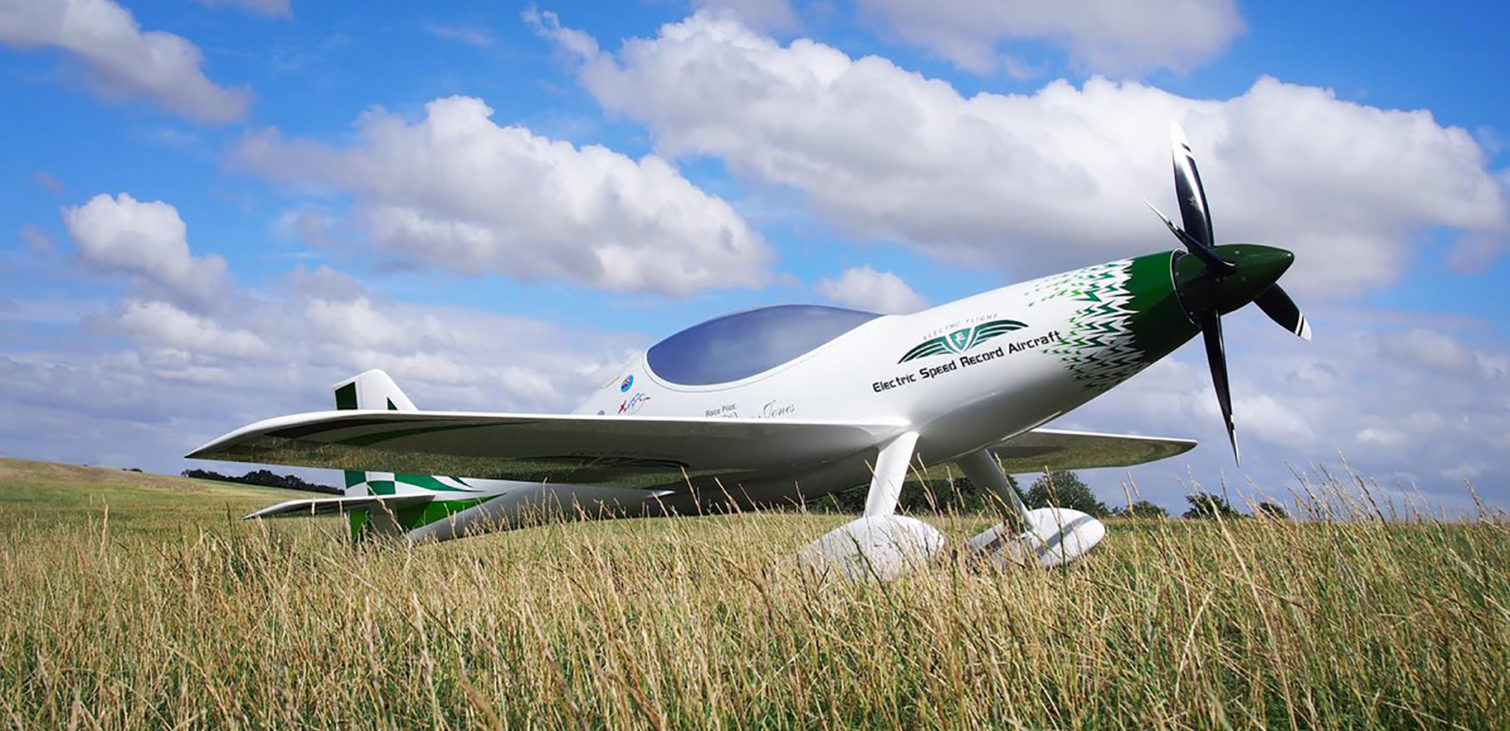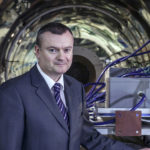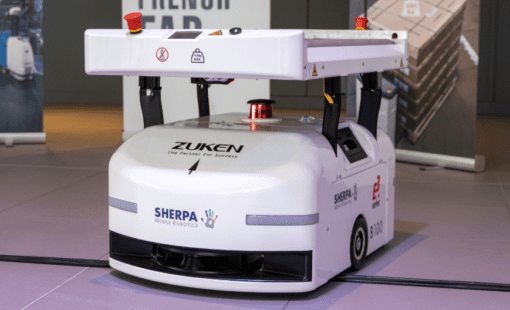For me nothing bridges the gap between the present and the future more than electric flight. I’ve spent my whole career in the electronics industry and this sector captures my imagination more than any other. These are particularly exciting times for the aerospace industry because, not only is interest in electric flight on fast charge but, with developments in AI, there’s also talk of pilotless flight. Here are some sector updates that have caught my attention in the past few months…
IFOs, passenger drones and hover bikes
I think electric flight gets everyone talking because there are so many new concepts out there. Some ideas are conservative evolutions of the traditional fixed-wing aircraft; whereas others involve thinking so far out the box I wonder if the designers even recollect there being a box in the first place! I’ve had news on passenger drones, hover bikes, and aircraft concepts that seem more akin to flying saucers appearing in my news updates recently. There was even an Identified Flying Object (IFO). Clever. In addition, with sustainability and practicality present from the outset, modularity and re-use are being explored to the full. One I particularly like is the idea of passenger pods that attach to a wheelbase to become a land vehicle, and attach to an arrangement of fans to become airborne.
The concept of passenger-carrying electric flight is not new though. It’s been on the cards (or boarding passes, sorry) for decades, but it’s only recently that battery technologies and lightweight materials mean the power, weight and time-in-flight ratios stack up.
Cleared for take-off: business models for future aircraft
For the practical, commercial electric flight the focus must be on optimisation. For all-electric flight, and even electric hybrid, the twin challenges of energy storage capacity and powertrain performance must be tackled. Companies will also be need to optimize the programs and business models under which tomorrow’s aircraft will be built.
Case in point. In October 2018, Zuken announced that UK-based Electroflight has selected E3.series electrical and fluid engineering CAD system to help the company design, build, test and commercialize an all-electric aircraft; all within a 24-month timeframe, which is virtually unheard of in the aerospace industry. The activity is part of the Accelerating the Electrification of Flight (ACCEL) research initiative, which involves a consortium of partners aiming to address the technical challenges associated with all-electric flight.
EasyJet and Airbus go electric
Also in October last year, EasyJet reported on progress made by its US-based partner, Wright Electric, on the development of an electric passenger airliner capable of flying up to 500km. The budget airline operator has expressed confidence in having an electric airliner flying by 2027, with a commercial London-Amsterdam route likely to be their first operation. Watch out for their nine-seater demo aircraft this year.
With so few technical details disclosed at this stage, it’ll be interesting to see if EasyJet’s departure board for this project will continue to show “On Time”. It’s still refreshing though for a budget airliner to make such proclamations amidst those made by the airframe OEMs, and even governments. For example, at the 2018 Farnborough Air Show, the UK government announced financial support for the Airbus E-Fan X hybrid-electric flight demonstrator, the next leg of Airbus’ electrification journey.
Heathrow offers incentive with free landing fees
Airports are buying into electric too. Keen to be green, and to reduce noise levels while coping with a predicted doubling of global air traffic by 2035, international airports want to have passenger-carrying electric aircraft touching down as soon as possible. For instance, London Heathrow recently announced that the first electric-hybrid aircraft to use the airport, as part of a regular service, will not have to pay landing fees for a year. Passengers stand to benefit too, as ticket prices could be cheaper.
Thanks to us, by which I mean the engineering community, much that was yesteryear’s science fiction is becoming reality.






